#Augusta Ada King
Text
Augusta Ada King, Countess Lovelace (1815-52), a skilled mathematician, was the daughter of Lord Byron and a friend and colleague of Charles Babbage: 'the father of computers'. In 1843, she published a translation from Italian of a 'sketch' of Babbage's analytical engine with her own notes. It suggested the 'engine' could do more than calculation; she described an operations sequence, the first computer program.
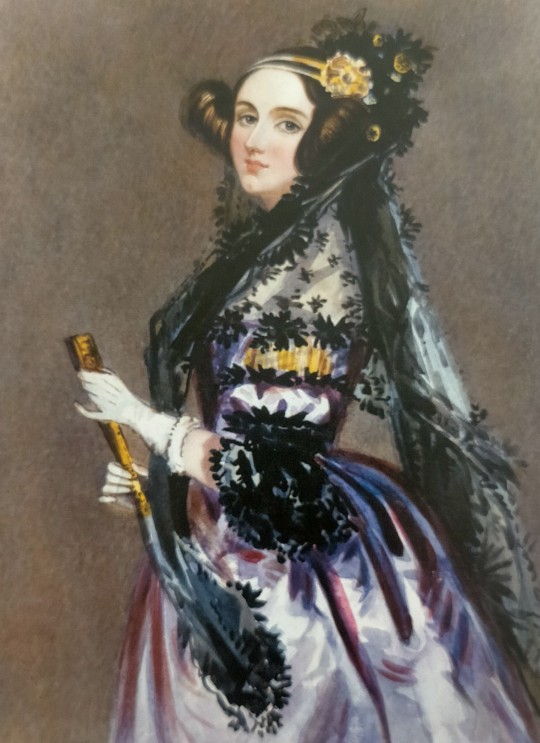
"Normal Women: 900 Years of Making History" - Philippa Gregory
#book quotes#normal women#philippa gregory#nonfiction#augusta ada king#countess lovelace#ada lovelace#mathematician#lord byron#friends#colleagues#charles babbage#italian#translation#analytical engine#computer program#operations sequence#computing
4 notes
·
View notes
Text
Celebrating International Women’s Day: Ada Lovelace
Celebrating Inspirational Women, Happy International Women’s Day! March 8th.
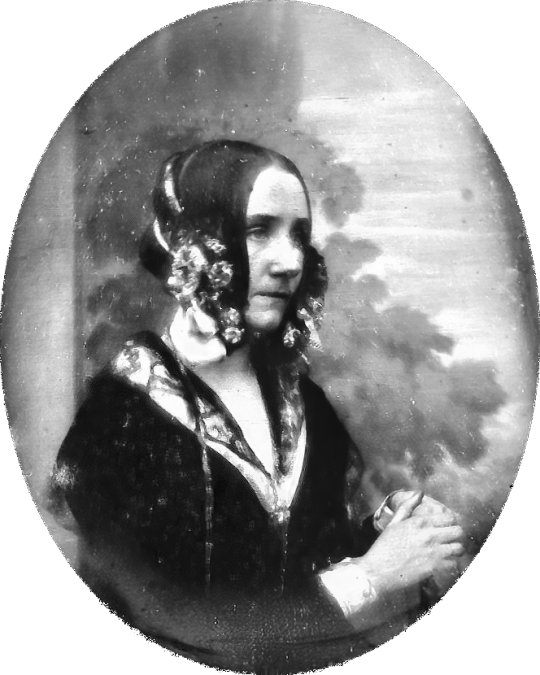
Born Augusta Ada King, Countess of Lovelace, December 10, 1815, in London, United Kingdom.
Died November 27, 1852, Marylebone, London United Kingdom.
Ada was a gifted English mathematician, and is considered to be the first computer programmer, an industry that has since transformed business, our lives and the world. In an industry still dominated by men, it’s particularly striking that the first programmer was a woman.
She was born into privilege as the daughter of a famously unstable romantic poet, Lord Byron (who left her family when Ada was just 2 months old) and Lady Wentworth.
Ada was a charming woman of society who was friends with people such as Charles Dickens, but she is most famous for being the first person ever to publish an algorithm intended for a computer, her genius being years ahead of her time.
Ada Lovelace died of cancer at 36, and it took nearly a century after her death for people to appreciate her notes on Babbage’s Analytical Engine, which became recognized as the first description for computer and software, ever.
R. J. Davies
A Riveting Jacked-In Dreamy Mind-Bender
RJ Davies - Science Fiction Author, Maddox Files, Novels
#R. J. Davies#R. J. Davies Author#Rhonda Davies#Rhonda Davies Author#Rhonda Joan Davies#mystery author#science fiction author#author of Maddox Files#Celebrating International Women's Day#International Women's Day#Ada Lovelace#Augusta Ada King
0 notes
Text
It’s always ‘Lord Byron this’ or ‘Lord Byron that’ and never Byron’s oldest grandson who:
- got shipped off to Australia & the Navy by his parents at age 13 to control his behaviour
- sailed with the imprisoned William Smith O’Brien, an Irish rebel leader born into the aristocracy, and three other independence fighters
- had letters to his siblings intercepted to prevent his wild tales being a bad influence
- age 14 plotted to divert water from gardens at the Admiralty’s House to the less privileged under the cover of a masquerade ball
- returned home at 16 with tattooed hands and a preference for working-class friends
- took other kids sailing on the lake in a ship he rigged from a washtub
- ran away to avoid being promoted to a gentleman’s position in the Navy
- disinherited as the Lovelace/Byron/Wentworth heir and signed up to be a shipyard worker in London’s East End
- moved to the infamous Isle of Dogs with a friend and tried saving money for both a boat and pet BEAR CUB
- wanted to marry the divorced daughter of his landlord (she rejected him)
- accepted the Wentworth barony after his grandmother’s death but never used his title
- he and his siblings threatened they would not go to their beloved grandmother’s funeral if their father attended against her wishes
- died age 26 after collapsing while sailing
#byron ockham#attractive charming and rebellious#he was very loved by his family#but ada & anabella feared byron’s grandchildren would inherit his and his half-sister augusta’s incestuous relationship (they did not)#so the three siblings were separated#miranda seymour’s ada lovelace & annabella milbanke bio has given me so much love for ada’s children#CO Posts#the romantics#byron ockham king#lord byron#george gordon byron#annabella king#ada lovelace#annabella milbanke
18 notes
·
View notes
Text
part 1 of PHOTOGRAPHS OF THE ROMANTICS, A TUMBLR HISTORY EXHIBIT: photos i've collected of people related to the english writers of the romantic period and/or who were part of the byron-shelley circle.
Sir Percy Florence Shelley, 3rd Baronet, the only mutual child of Percy Bysshe Shelley and Mary Wollstonecraft Shelley, née Godwin, to live into adulthood. Compare him as an older gentleman to the portraits of Mr. and Mrs. Shelley below.
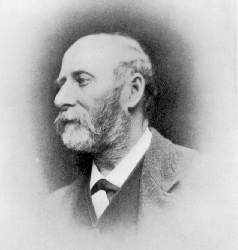
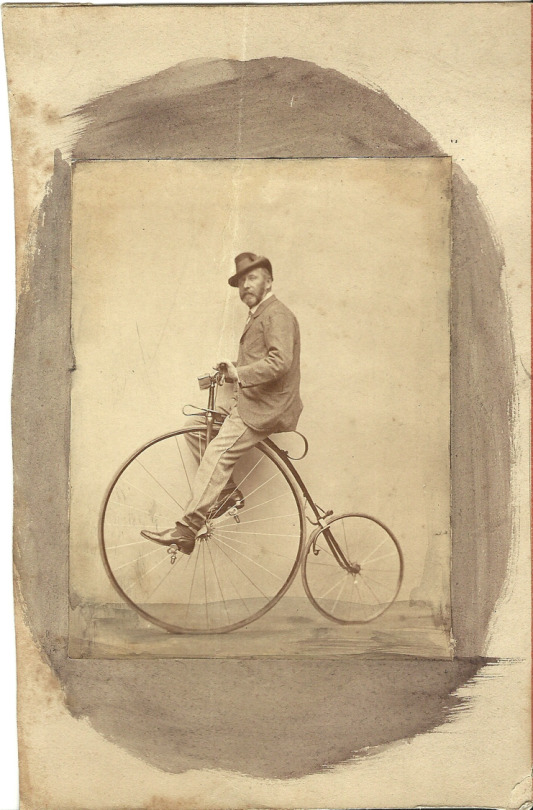
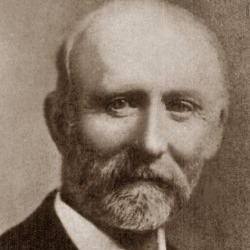
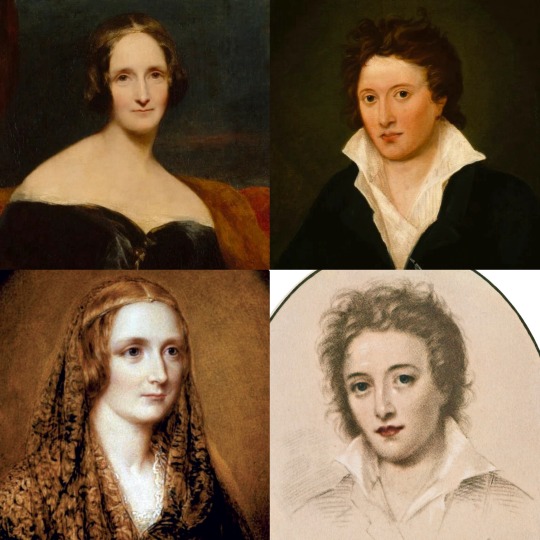
Anne "Annabella" Isabella Noel Byron, 11th Baroness Wentworth and Baroness Byron, née Milbanke (Lord Byron's wife)
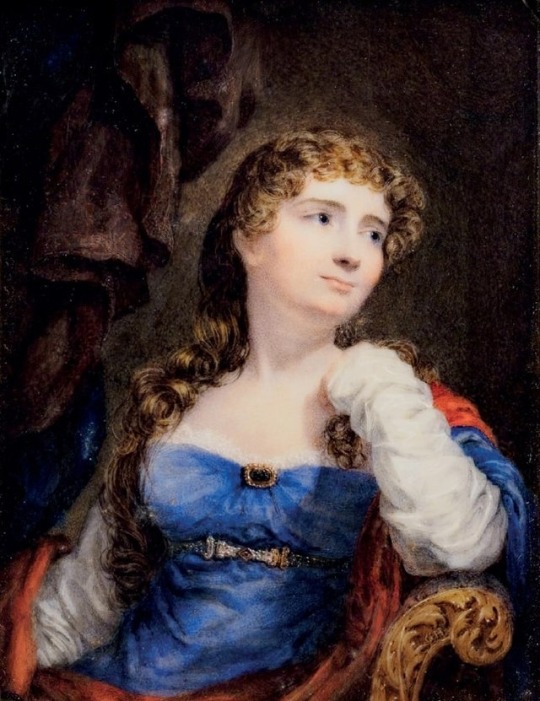

Augusta Ada King, Countess of Lovelace, née Byron (Lord and Lady Byron's only child)
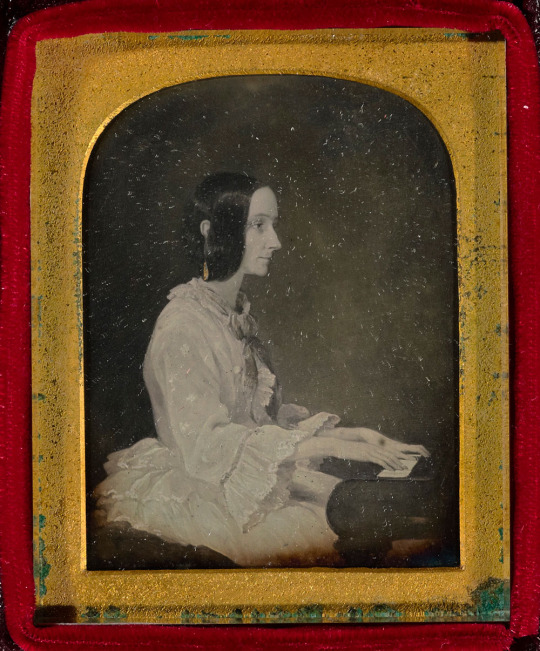
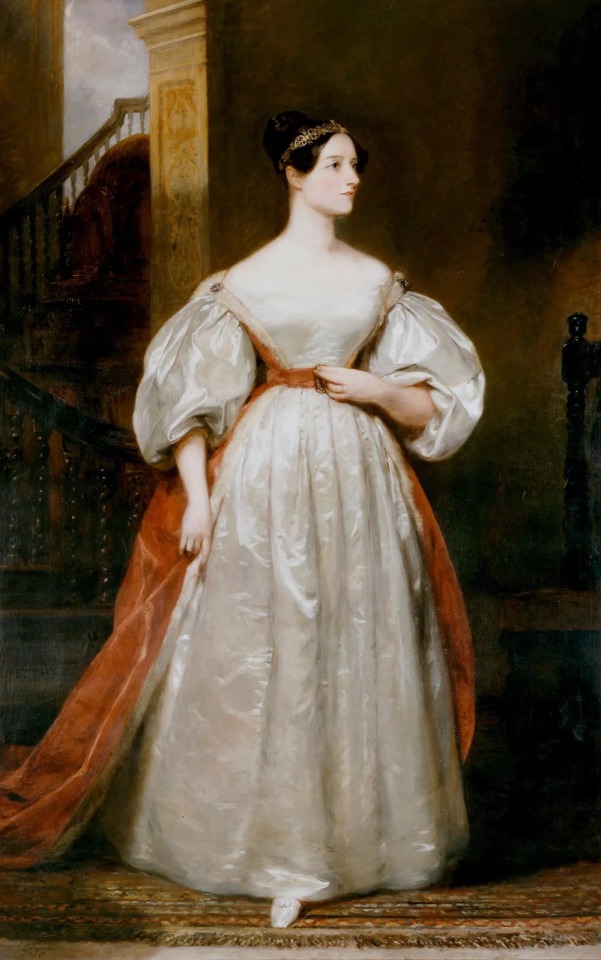

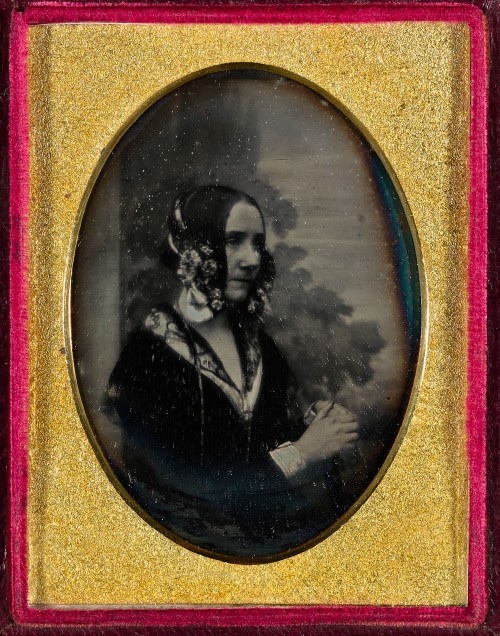
#PHOTOGRAPHS OF THE ROMANTICS#literature#english literature#lord byron#romanticism#history#percy shelley#percy bysshe shelley#mary shelley#annabella milbanke#ada lovelace#percy florence shelley#the geneva squad#geneva squad#the romantics#romantic poets#english romanticism#the english romantics#shelley#byron#byron-shelley circle#1800s photography#1800s#victorian#romantic era#victorian era#shelleys#gothic literature
102 notes
·
View notes
Text

Excerpt from “Scientific American”, June 4, 2024, Article “The 180-Year-Old Endnotes That Foretold the Future of Computation”:
Many fields of science can point to a foundational document: Isaac Newton’s Principia for the physics of classical mechanics or Charles Darwin’s On the Origin of Species for evolutionary biology. But only computer science can claim its foundational document hides in the endnotes.
Augusta Ada King, Countess of Lovelace, better known as Ada Lovelace, was commissioned in 1842 to translate a paper about the world’s first general-purpose computer. She appended her own annotations, which ran three times longer than the original article and completely eclipsed it in terms of technical meat and philosophical insights. With impressive foresight, they established her as the first person to envision the universal capabilities of computers that we take for granted today.
3 notes
·
View notes
Text
2 notes
·
View notes
Text


Ada - 8/3/2023
The two hundred and fifty third friend. A cog in honour by Ada Lovelace. She was born in England in 1815, though her parents separated shortly after she was born and her father left the country forever. She was horribly ill for most of her childhood and could barely walk for a long time. She was privately educated when she was young. She then educated herself with help from the professor of mathematics at the University of London. She was introduced to Charles Babbage in 1833 and became interested on his work. In 1835, she married William King She translated and annotated an article by an Italian mathematician and engineer in the early 1840s. These annotations contain what is considered to be the first computer program, though some say Babbage's notes contained earlier examples. Her and Babbage built a machine called the Analytical Engine, a machine which is considered to be the first computer, and the majority of it was built by Ada herself. In 1852, she died of cancer, though she is still remembered for her contributions to computing. An early programming language was named after her and the second Tuesday in October is now celebrated in her honour.
Here is a link to the article I got most of my information on her from, in case anyone wants to do any further reading.
#art#cog#gear#International Women's Day#Ada Lovelace#computing#science#technology#history#this is a little different to what I normally do but it's fun to do something different every now and then#I did an informative post like this last year for International Women's Day on Sarojini Naidu#I hope someone learns something new about one of the first women in STEM#I certainly learned something making it
3 notes
·
View notes
Text
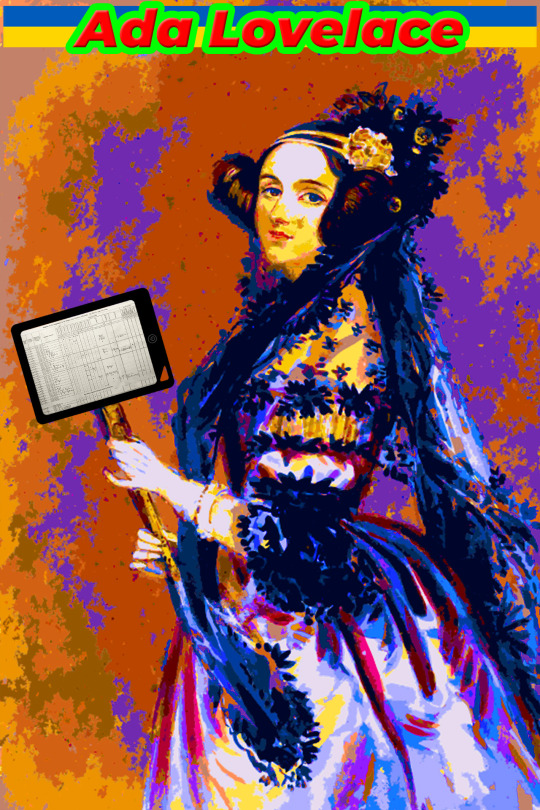
It's October 12th, 💻 Ada Lovelace Day. Ms. Suw Charman-Anderson founded this event in 2009 to celebrate the life and achievements of respected English mathematician Augusta Ada King, Countess of Lovelace, commonly referred to as Ada Lovelace.
During her lifetime, Ms. Lovelace rubbed shoulders with many of her era's most well-known scientists, including Michael Faraday and Charles Babbage. It's her work with Babbage on his proposed mechanical general-purpose computer, the Analytical Engine, that Ms. Lovelace is most famous for. She recognized that the machine had capabilities well beyond simple calculation and published the first algorithm designed to be run by such a machine. As a result, she's generally regarded to have been the world's first computer programmer.
Ada Lovelace Day has grown from a London Science Cabaret in 2009 to become an international celebration of the achievements of women in science, technology, engineering, and math (STEM). The event's goal is to increase the profiles of women in STEM and created new role models who will encourage even more girls to embark upon STEM careers. Ada Lovelace is a perfect role model to emulate. ☮️ Peace… Jamiese of Pixoplanet
#jamiese#pixoplanet#ada lovelace#coding#programming#computer science#charles babbage#programmer#ada lovelace day#grace hopper#lord byron#ada#girl power#women in tech#science#technology#women in stem#stem#developer#computer#linux#coder#hedy lamarr#programming memes#marie curie#hacking#malala yousafzai#women empowerment#women supporting women#hacker
8 notes
·
View notes
Quote
Ich bin eines dieser Genies, die sich darauf beschränken, sich zu erholen.
Ada Lovelace, eig. Augusta Ada King-Noel, Countess of Lovelace, 1815-1852, brit. Mathematikerin und Programmiererin
0 notes
Text

Send from Sansgreet Android App. Sanskrit greetings app from team @livesanskrit .
It's the first Android app for sending @sanskrit greetings. Download app from https://livesanskrit.com/sansgreet
Ada Lovelace
Augusta Ada King, Countess of Lovelace (10 December 1815 – 27 November 1852) was an English mathematician and writer, chiefly known for her work on Charles Babbage's proposed mechanical general-purpose computer, the Analytical Engine. She is believed by some to be the first to recognise that the machine had applications beyond pure calculation, and to have published the first algorithm intended to be carried out by such a machine. As a result, she is often regarded as the first to recognise the full potential of computers and as one of the first to be a computer programmer.
#sansgreet #sanskritgreetings #greetingsinsanskrit #sanskritquotes #sanskritthoughts #emergingsanskrit #sanskrittrends #trendsinsanskrit #livesanskrit #sanskritlanguage #sanskritlove #sanskritdailyquotes #sanskritdailythoughts #sanskrit #resanskrit #adalovelance #augustaadaking #mathematician #writer #englishwriters #london #england #nottingham #computing #mathematics #lordbyron #ladybyron #algorithm #celebratingsanskrit #byron
#greetingsinsanskrit#sanskritgreetings#sanskrittrends#trendsinsanskrit#livesanskrit#sanskrit#celebratingsanskrit
0 notes
Text
Ada Lovelace (1815-1852): Known as "The First Programmer"

Born December 10th, 1815 as Augusta Ada Byron the only legitimate child of Lord Byron (the poet) and Annabella Milbanke. Her parents split only 2 months after her birth, leaving her father out of the picture and in the care of her mother. Her mother had a knowledge of mathematics and insisted that Ada be tutored in the subject to not end up like her father. So she was privately educated by many tutors on mathematics most notably Mary Somerville, and later on in her more serious studies the 1st math professor at the University of London, Augustus De Morgan.
Her life gets interesting in 1833 when she meets Charles Babbage (known as the father of computers) at a party Mary Somerville invited her to. Ada became fascinated with Babbage's work regarding engines ,developing a friendship and partnership with Charles Babbage to work on the what he called "The Analytical Engine"( which is a more complex version of the Difference Engine). In 1835, at age 19, she paused her studies to marry William King, the Earl of Lovelace which made Ada the Countess of Lovelace. She had 3 children with him: Bryon King-Noel, Raplh King-Milbanke, and Anne Blunt. Even though she had children she kept pursuing mathematics and working with Charles on the Analytical Engine.
Ada's most notorious contributions happened in 1843. She translated and annotated Italian engineer Luigi Manabrea's article on the engine called "Elements of Charles Babbage's Analytical Machine". Her notes proposed that the Analytical Machine (an engine) can be programmed to compute Bernoulli Numbers. She even went as far as writing the first computer program on how to do this within her annotations. She saw the potential to go beyond calculating numbers through engines, which is something other mathematicians and scientists did not look into.
She called her programming "poetical science" ,and the program language she created earned the name "Ada" by the US department of Defense in 1980. Her contribution to the Analytical Engine helped develop machines that could follow instructions and patterns, like the weaving machine. Even though Babbage never completed the Analytical Engine, Ada's work forever changed the world.
It is also known that she survived cholera and had asthma these medical complications led her to become addicted to painkillers and soon opium. She died on November 27th, 1852 from uterine cancer in London. Her notes were found and republished in 1953 in a book regarding how to compute computers to follow patterns. It is amazing to think that Ada invented programming long before the first computer, truly a pioneer for women in STEM!
For more information on Ada Lovelace:
Time Log: 00:45:22
Due to these posts accounting for my project, I plan to time log each one. Thanks for reading!
1 note
·
View note
Note
HEEEHEHHEEHEEEE //FLAPPY HANDS 8DDDD
Cloning time, you don’t have to go home but you can’t stay here (ROTTMNT Donnie)
Please tell us about this one or share a snip!!! 83333
Oh no not “cloning time” lmao
Well, this one is scrapped, but it was me playing with a scenario where Donnie found out his future self had, in a fit of desperation, attempted to make a clone of himself for extra fighting power/strategic reasons, and ended up instead with a little girl mutant turtle of average intelligence. She found her way back from the tangent bad future into the present, and had a bone or 206 to pick with her science dad. This didn’t go very far; I kind of dropped it in mid-January.
Also, her name was Ada, and Leo asked why that:
“It could only be after Ada Lovelace,” Donnie says.
“Who?”
“Augusta Ada King, Countess Lovelace? Wrote the first computer program in the 1840s?”
“I thought that was Bill Gates.”
“Never mind; the point is…”
1 note
·
View note
Text
For Pi Day: The Mathematicians of Travalanche
Today (3.14) is joshingly celebrated now as Pi Day (as distinct from Pie Day) and we thought we would take the opportunity to point out the tiny number (ha, I said “number”) of mathematicians we have celebrated on Travalanche. The image above is a tribute to Byron’s daughter Augusta Ada King, Countess of Lovelace, done by my wife the Mad Marchioness, who obviously admires the pioneering lady…

View On WordPress
0 notes
Text
I see your 'ur not allowed to use computers if ur homophobic' and raise you 'ur not allowed to use computers if ur sexist'.
My girl Augusta Ada King, Countess of Lovelace didn't invent programming for you to be shtting on women the internet.
#shtpost#ada lovelace#Augusta ada king#alan turing#grace hopper#programming#coding#Computer science#chaotic academia#punk academia#mine
130 notes
·
View notes
Photo

Alfred Edward Chalon (possibly) - Augusta Ada King, Countess of Lovelace, watercolor. c. 1840
16 notes
·
View notes
Text

Hello and welcome to steampunk science featuring me and also Ada Lovelace. We're gonna blow up big ben (I think)
[ID: full-length digital art of Ada Lovelace from RQG. She is a slim pale woman with dark brown hair in a bun with sections of hair either side of her face pushed forward. She has a hair piece made of bronze cogs and a feather, and is wearing brass goggles on her forehead. She is wearing elbow length white gloves, a long steampunk brown coat with puffed sleeves over a deep red short dress, dark brown trousers, socks and boots. The back of her gold hoop skirt can be seen behind her trousers. She has a belt with a tool pouch doing around her skirt, secured with a cog. She is holding a conical flask of green liquid with both hands, and she has a shy expression. She is outlined in blue, and there is large brass cog behind her, partly obscured. The background is white. End ID.]
#rqg#rqg spoilers#rusty quill gaming#rqg fanart#rqg ada lovelace#art tag#ill be honest my brain fully stopped working during this ep they had augusta lee tesla and ada turn up and my brain short circuited#came back in at king of a ruined world charles babbage#god i love this podcast. it is the most nonsense
27 notes
·
View notes